Multifaceted Messenger Of Distinction
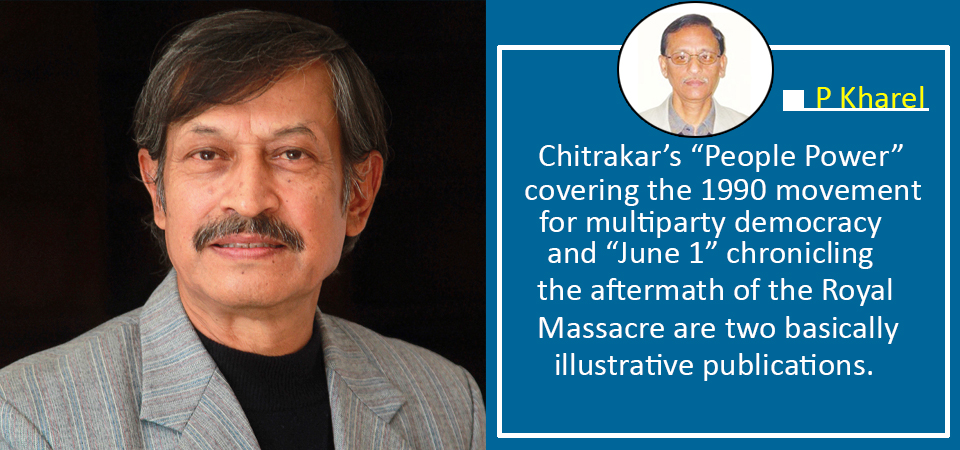
P Kharel
Gopal's penchant for especially photography and painting has established him as a figure to reckon with. He ruled the roost in press photography for nearly four decades
There might be dispute as to who really could be Nepal’s No 1 still photographer, or film camera wielder, or an oil painter or a radio/TV broadcaster or a media academic. By any stretch of imagination, however, there can hardly be dispute over identifying Gopal Chitrakar as by far the first face of Nepal when his talent in these several genres of communication is combined for the emergence of a multifaceted communicator par excellence.
At least, this scribe, who started his formal professional career in journalism in The Rising Nepal a couple weeks before Chitrakar did as Gorkhapatra Sansthan’s first regular press photographer nearly five decades ago, can endorse the appreciation. For four decades, he covered virtually all major national events. He was, after all, a professionally dynamic, proactive and reliable camera hand with critical observations to capture and chronicle life in action as well as nature at its majestic best.
He ruled the roost in press photography for nearly four decades. After two decades’ stint in Gorkhapatra Corporation, he joined Kantipur publications, the first private media group to launch successful broadsheet dailies. He seized the opportunity to completely digitise the media house but also enabled it cut the huge costs entailed earlier.
Diverse distinction
Communication is an inherently vast aspect of life. We are what we are because of its omnipresence. In fact, without its constant sophistication and multifarious manifestations, the story of human life would have been dismal. Currently Vice-Chancellor at the Academy of Fine Arts since two years, Chitrakar had donned different hats of communication channels — as a camera wielder, as a painter, radio and television broadcaster, documentary film maker and a college lecturer on Journalism and Mass Communications for two decades.
Shortly after his SLC in 1968, he not only enrolled at College of Lalit Kala Fine Arts College as its maiden batch for a three-year course but also helped his family photo studio at Bagh Bazar. He learnt the ropes quickly to be appointed the Gorkhapatra Sansthan’s permanent photographer in 1973 and became the country’s first full time press photographer.
A few years later, he also worked as a news monitor at Radio Nepal’s morning/evening shift, which eventually enabled him and several others like Praveen Giri, Reetha Raj Gurung, Sharad Raj Gautam and Bina Gurung to team up for running a current affairs programme. The first of its type, the programme lasted for not more than six months, as the establishment in the government “did not like even the mild criticism it carried”.
Not long after Chitrakar quit the side job at Radio Nepal, he was invited by the newly established Nepal Television’s executive chairman Neer Shah to produce a documentary series “Hamro Desh Nepal”. The fee of Rs 35,000 per episode created some heartburn among some of NTV’s regular staff members. But Chitrakar was the script writer, narrator, cameraman and editor. All work was done at his home after on-site shooting. He was also on NTV’s team that ran a programme covering what the newspapers of the day carried.
In recognition of Chitrakar’s talent, Neer Shah had approached him to join the about-to-be-launched NTV as the chief of the Programme Department, just as he had also personally phoned me — for the so far only time — to join the institution as its News Department head. Happy with what I was doing at The Rising Nepal and taking journalism classes at a university campus, I invented an excuse to wriggle out of an otherwise generous offer. Chitrakar, too, decided not to join NTV. Shah some years later complained to him: “You and P Kharel betrayed me.”
Chitrakar made about 50 documentaries that involved travel to various districts and interesting sights, recording a variety of voices he might not have confronted otherwise. Keen to have a first-hand experience with camera, Santosh Panta of the “Hijo Aajaka Kura” TV programme fame served in Chitrakar’s camera team to three or four districts. Chitrakar freelanced for various organisations and worked full time in several institutions, including Gorkhapatra Sansthan, Kantipur Publications and Annapurna Post group. Being the photo editor in three of the largest national media houses is no mean achievement. While working at these institutions, he was also working concurrently for the Reuters agency for more than two decades.
Chitrakar, who did his BA from Tribhuvan University, was awarded a fellowship for a post-graduate diploma at the New Delhi-based Indian Institute of Mass Communication. He joined Ratna Rajya Laxmi campus as a Lecturer of Journalism and Mass Communication in 1981.
Chitrakar’s appointment as the vice-chancellor of the Academy of Fine Arts two years ago raised some eyebrows among those who were unaware of the successful painter in him for four decades. His creative urge found impressive expression in the 3,500-4,000 paintings he did, mostly oil — and virtually all of them sold.
Family/social front
Sports constitutes another arena that captivates artist Chitrakar. A national gymnast and squash player, he played national football tournaments on Rani Pokhari Team’s side. But he seems to have fixed his eyes firmly on golf, involved as he is in it for four decades. He continues practising it at the country’s premier golf course at Sinamangal in Kathmandu, come what may. After going steady for several years, he married Mohan Devi Chitrakar in 1979. The couple’s daughter Sambardhana, married and a mother of a seven-year-old son, works as an analyst for the Save the Children in the United States.
Tragedy struck the family, when Mohan Devi died in a road accident. Three years later, Gopal married Mohan Devi’s younger sister Sita Devi. Sita died of cancer complications in 2020. Dilli Bahadur Chitrakar-Surya Maya couple’s fourth child among six sons, Chitrakar was a welcome presence at wedding receptions hosted by family, friends and relatives since his teenage days and well into his 30s. Chitrakar’s “People Power” covering the 1990 movement for multiparty democracy and “June 1” chronicling the aftermath of the Royal Massacre are two basically illustrative publications. His next book in the pipeline, “Nepalma photography: hijo aaja” (Photography in Nepal: yesterday and today), should be rolled out any time this summer.
His penchant for especially photography and painting has established him as a figure to reckon with. What will Vice-Chancellor Chitrakar do when his term at the Fine Arts Academy ends in two years’ time? “I love painting. It is my favourite. I will paint as long as I live. Age is no bar in this line.”
(Professor Kharel specialises in political communication.)
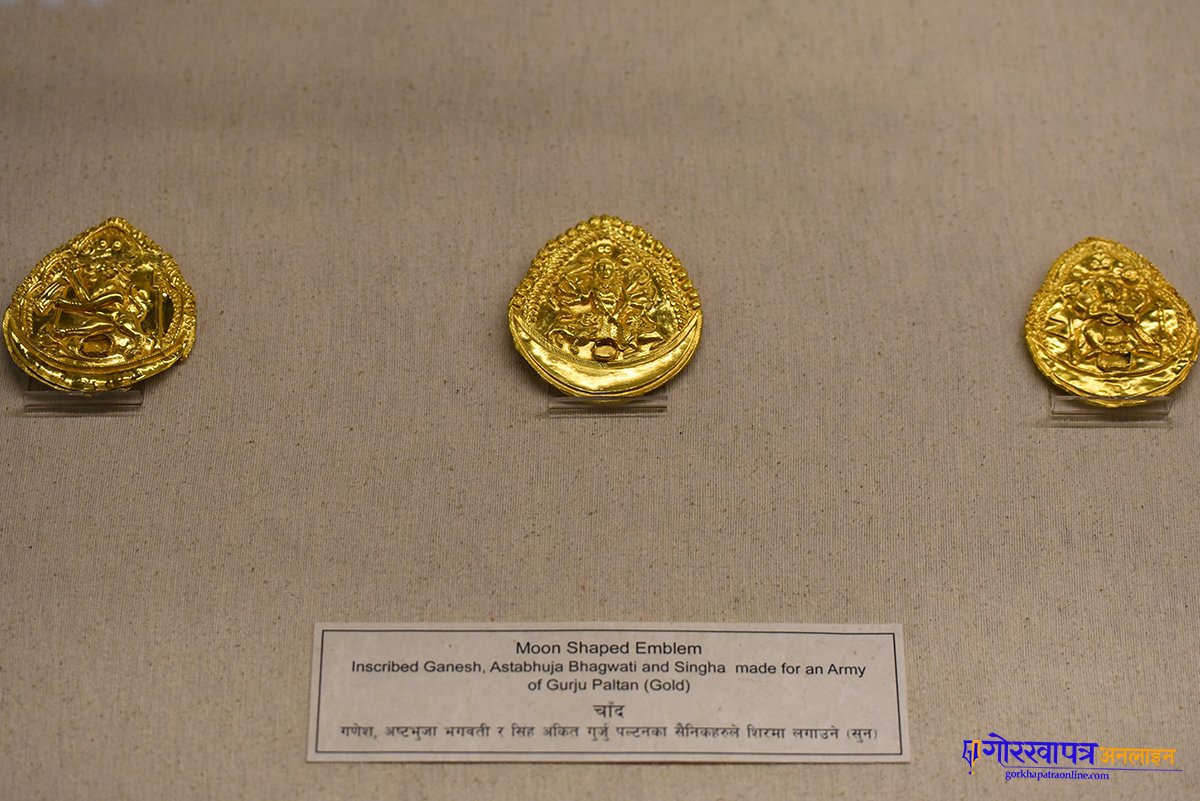
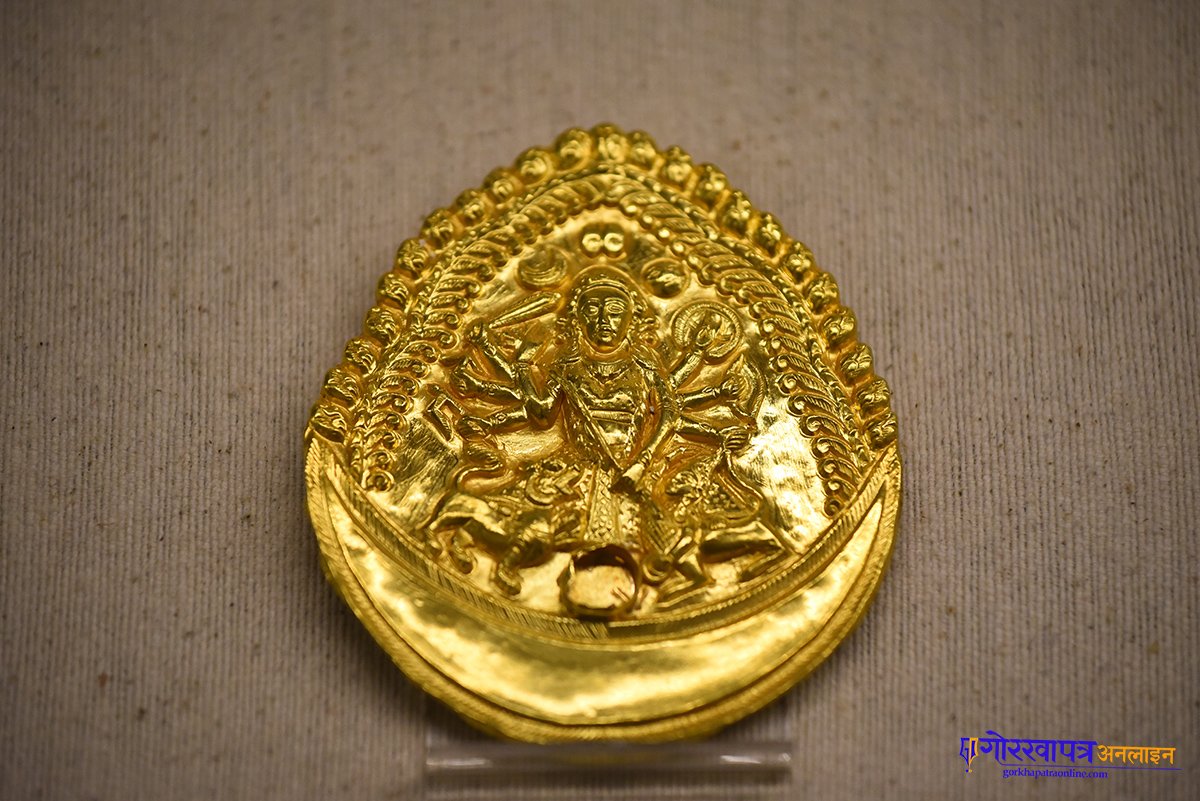
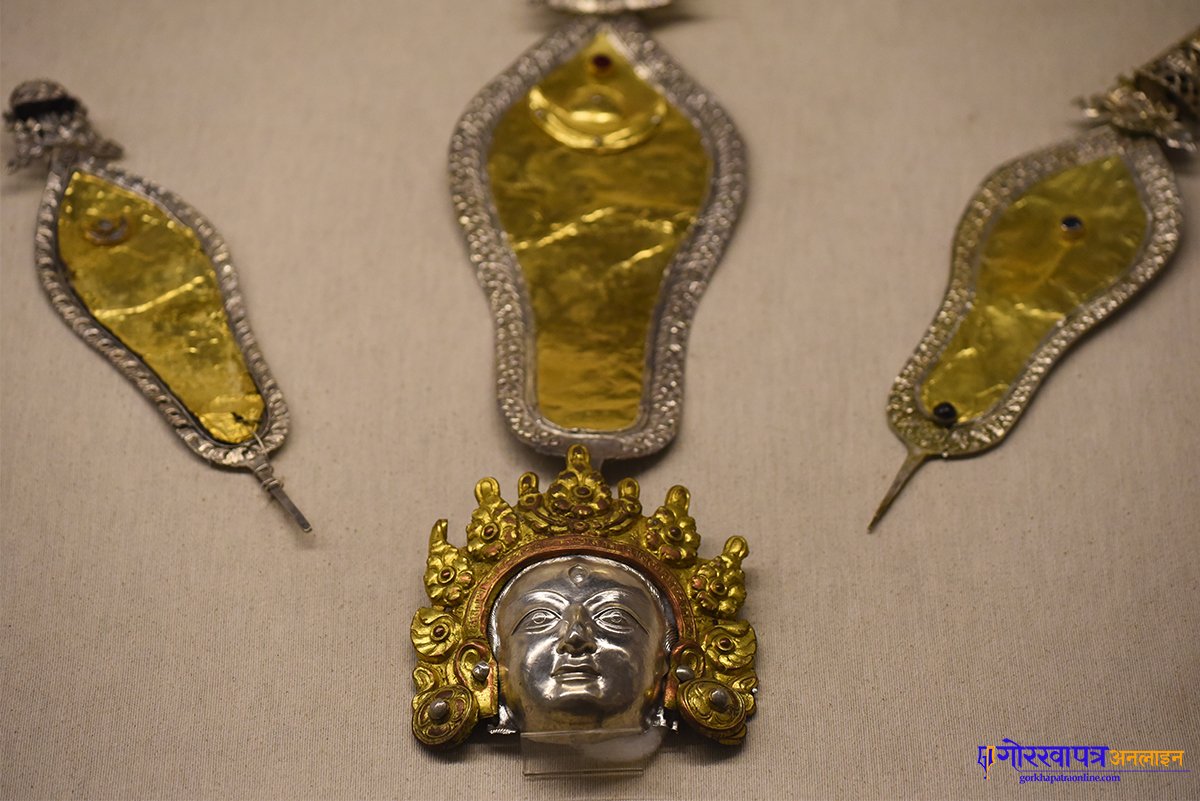
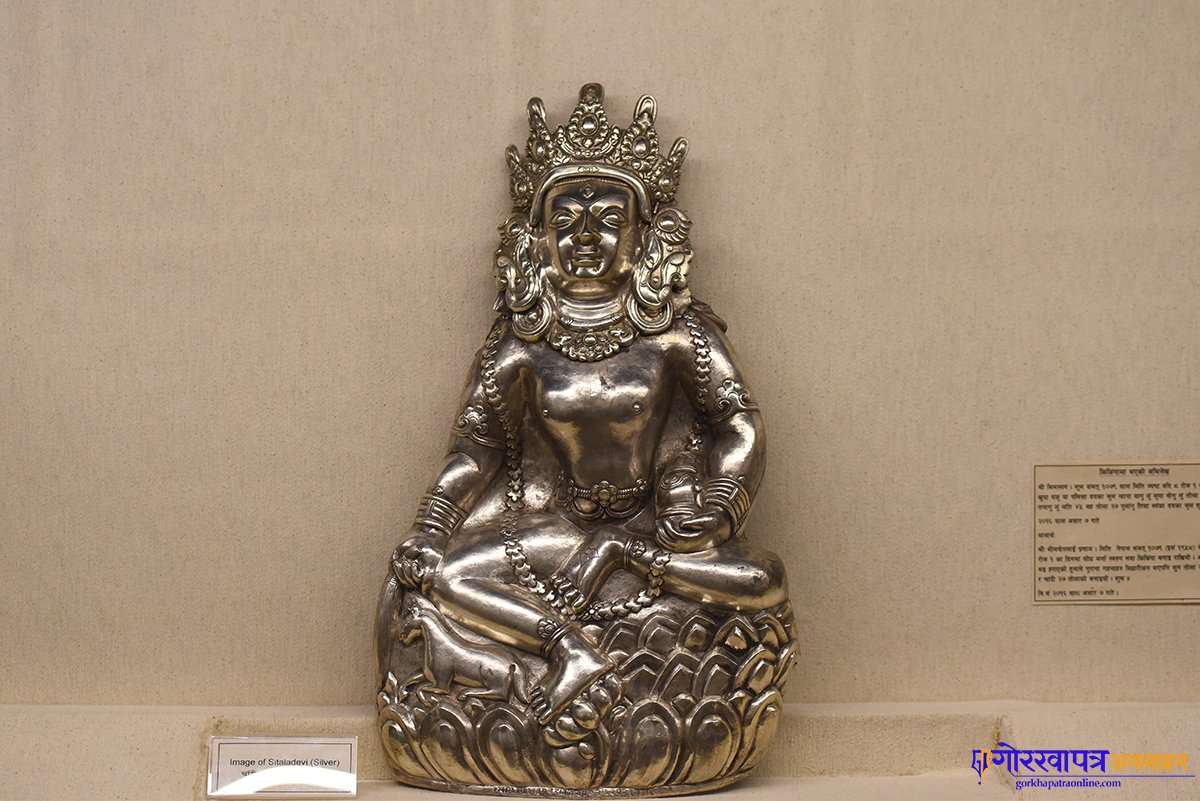
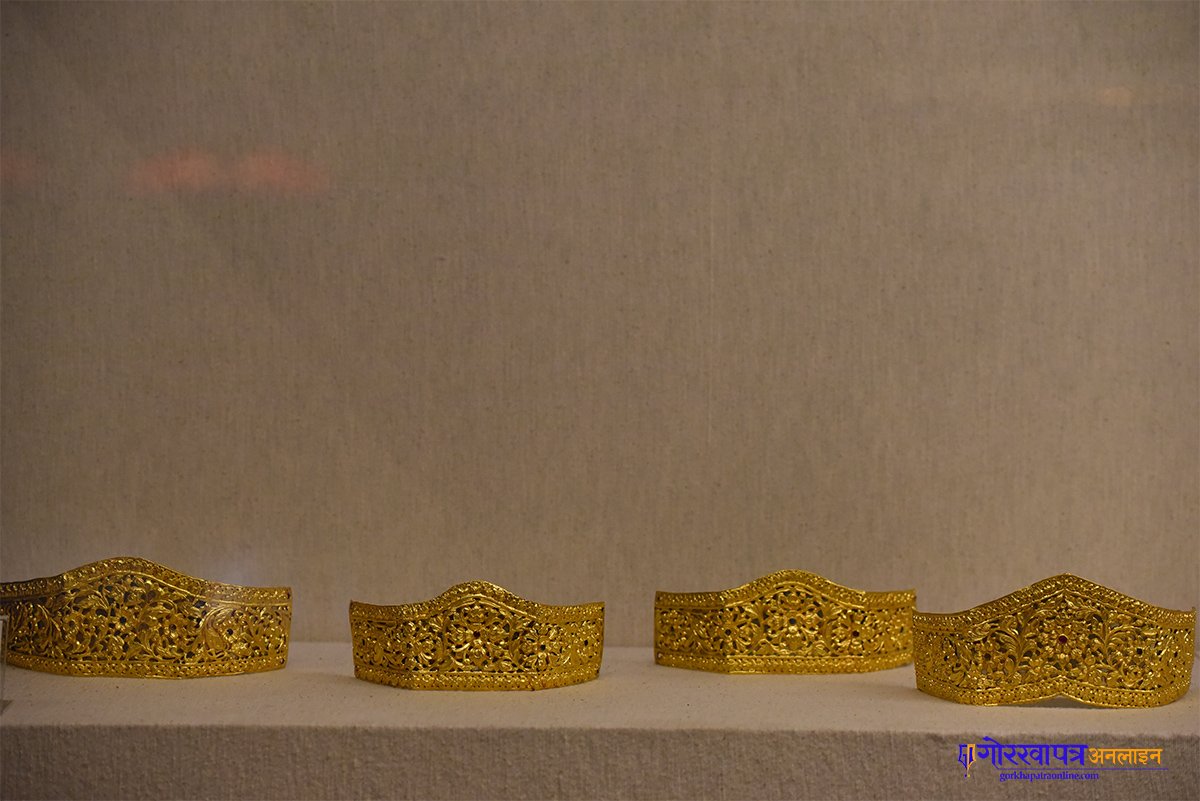
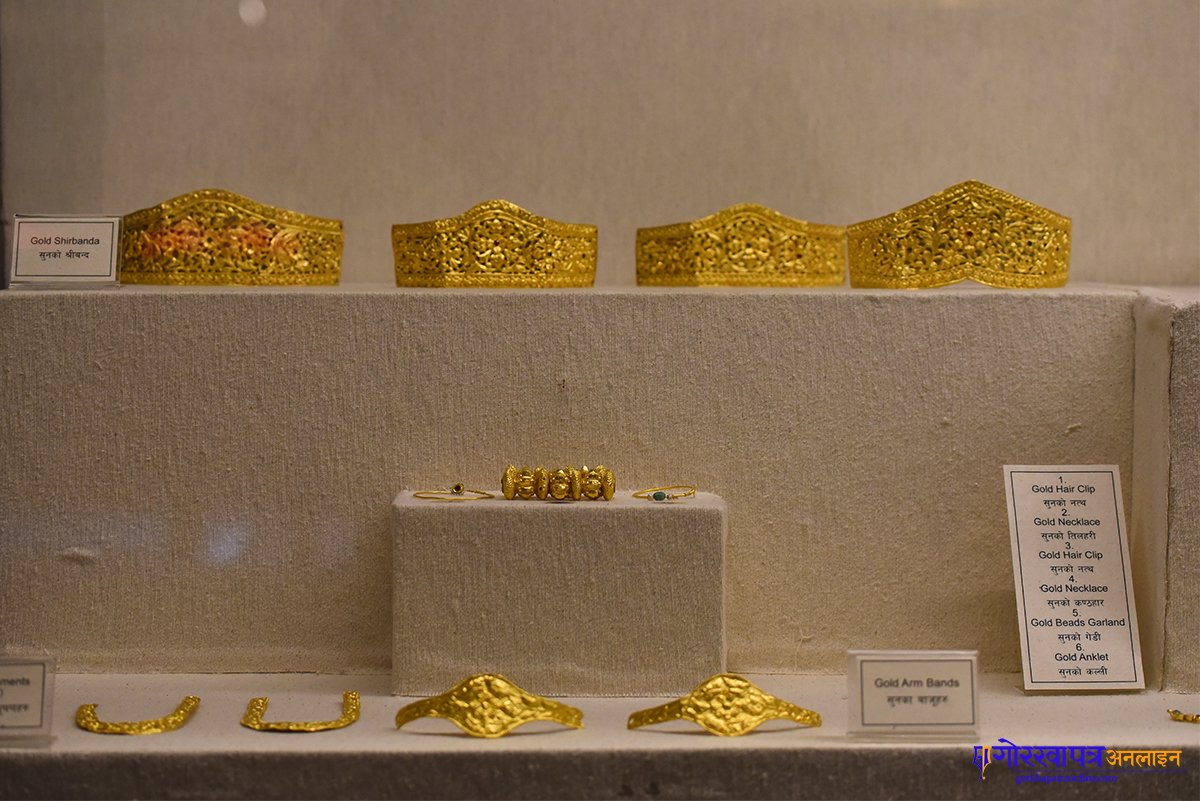
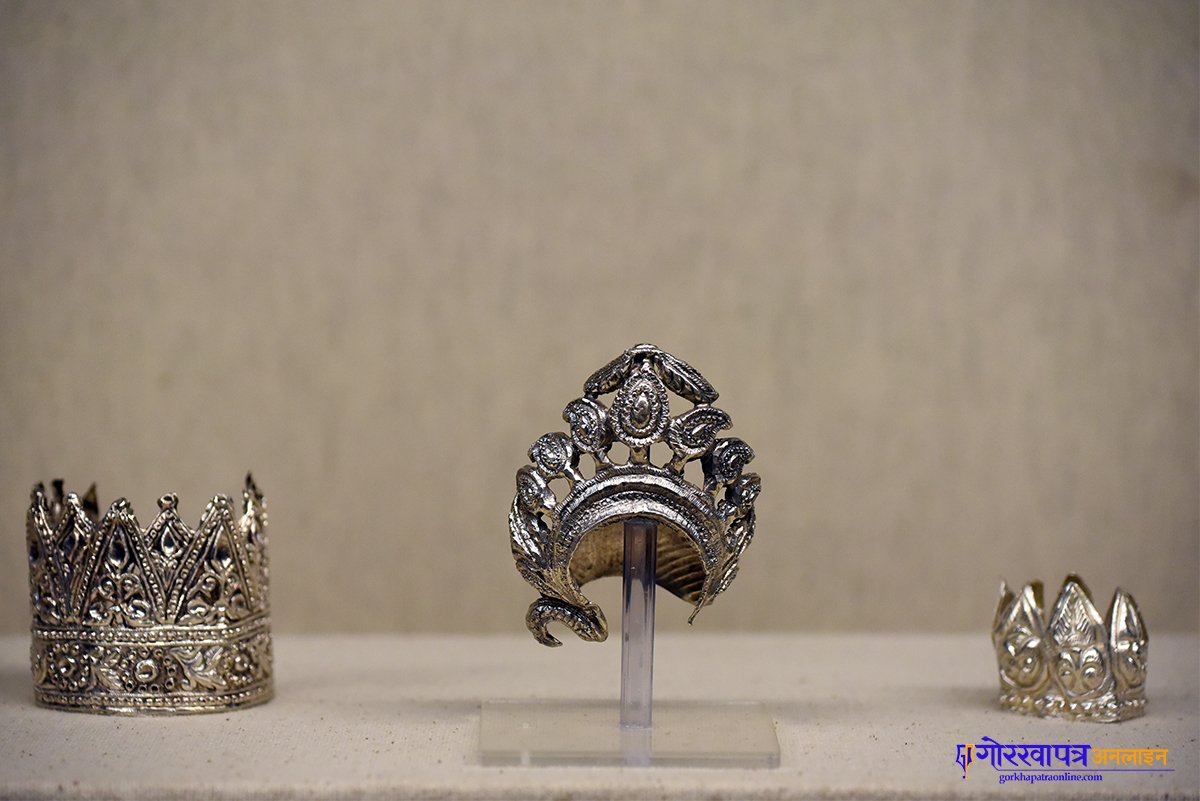
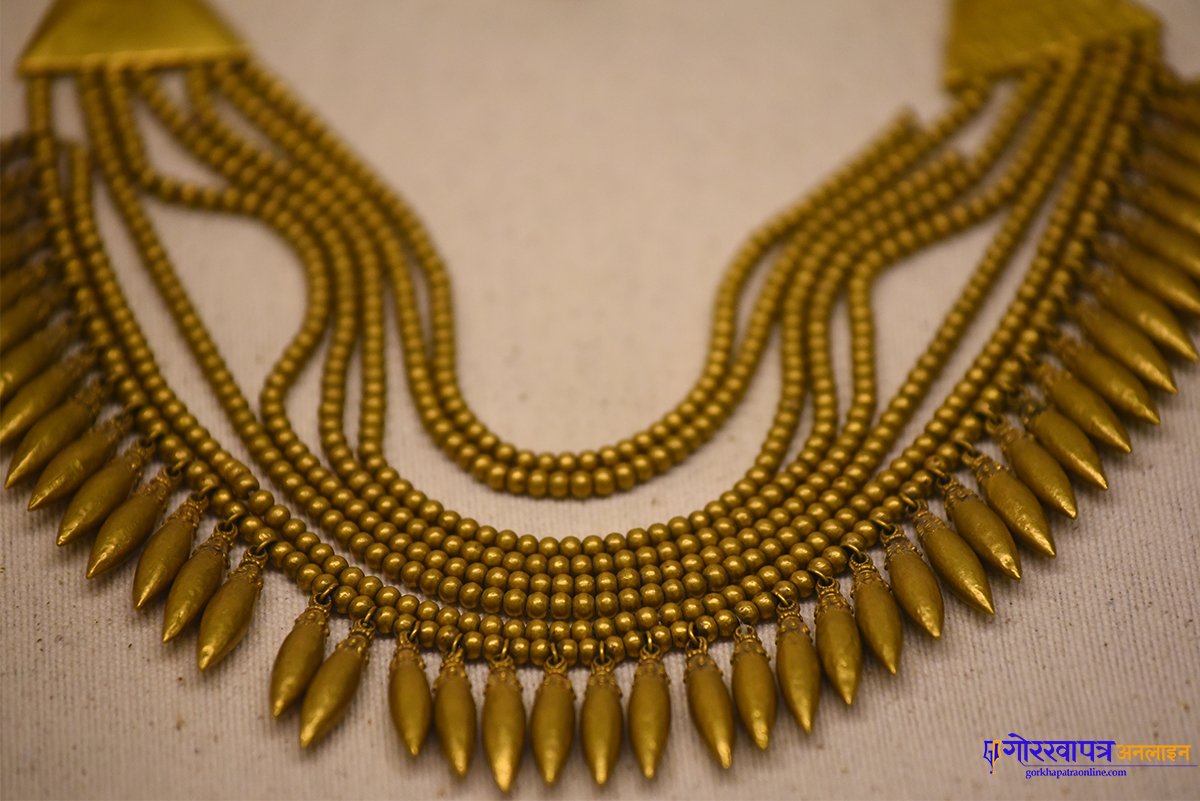
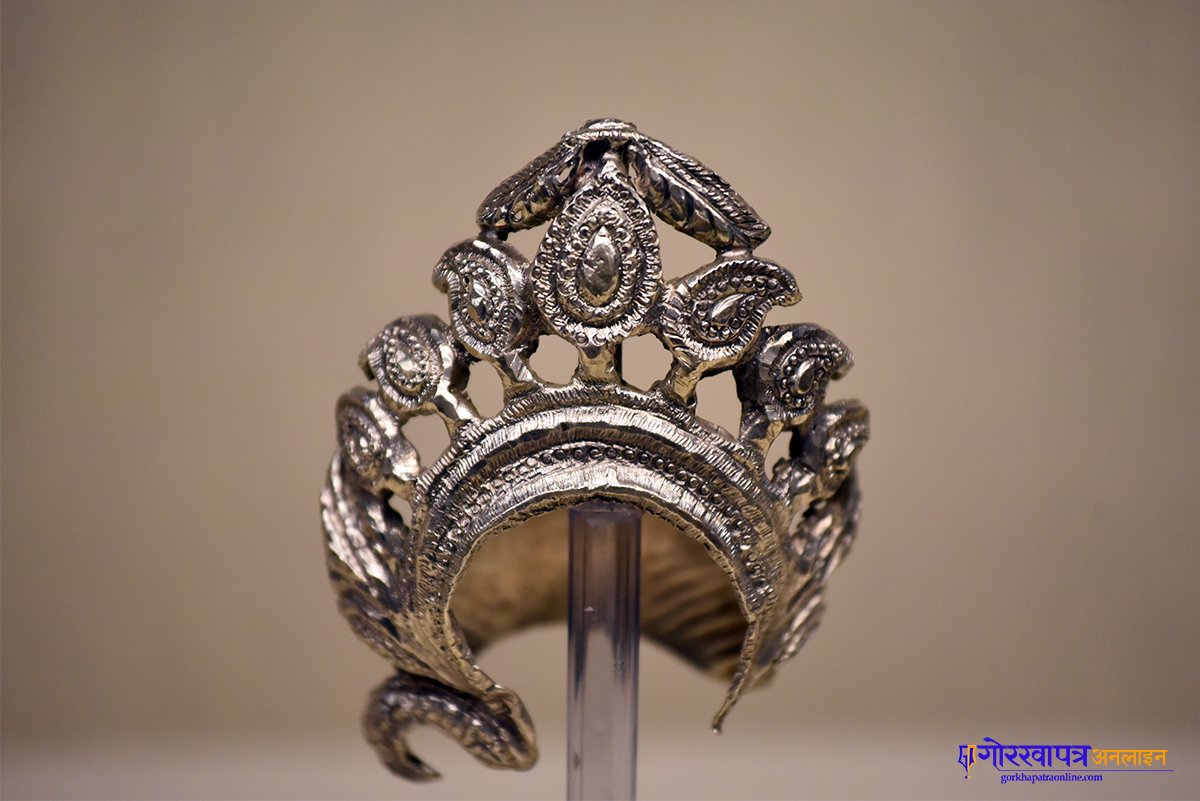
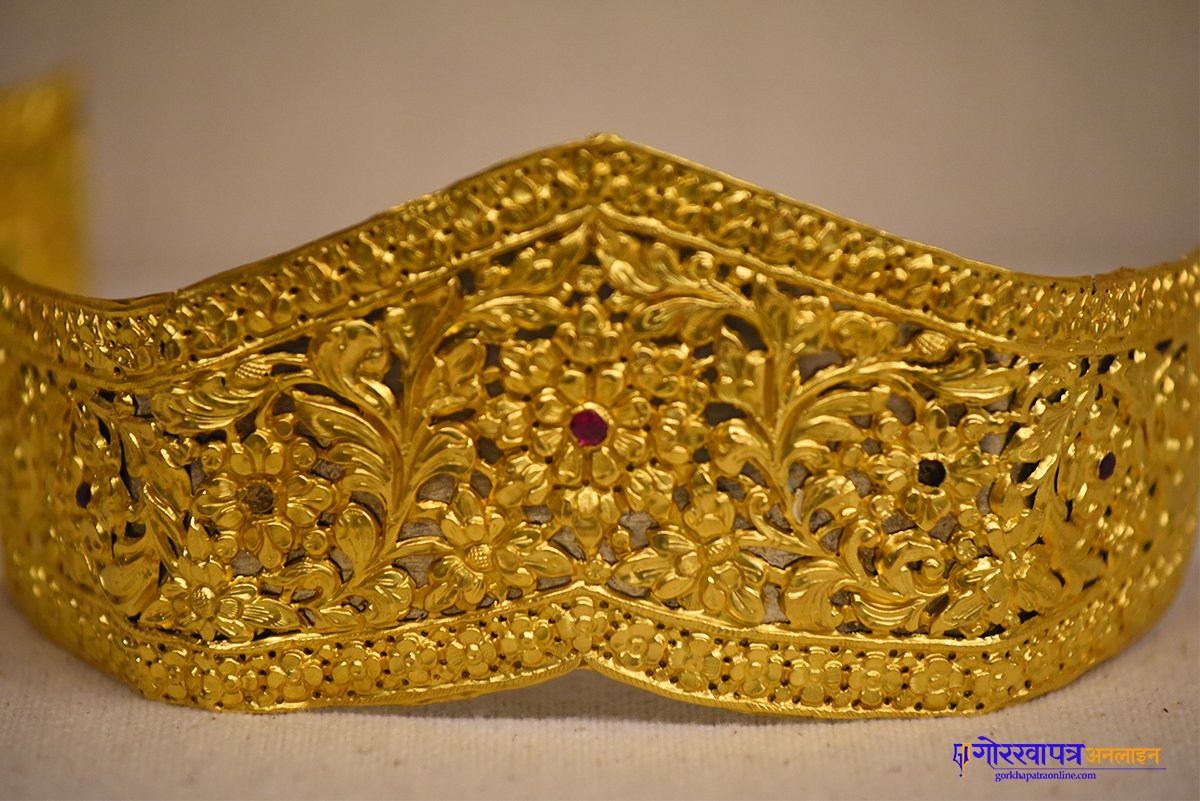
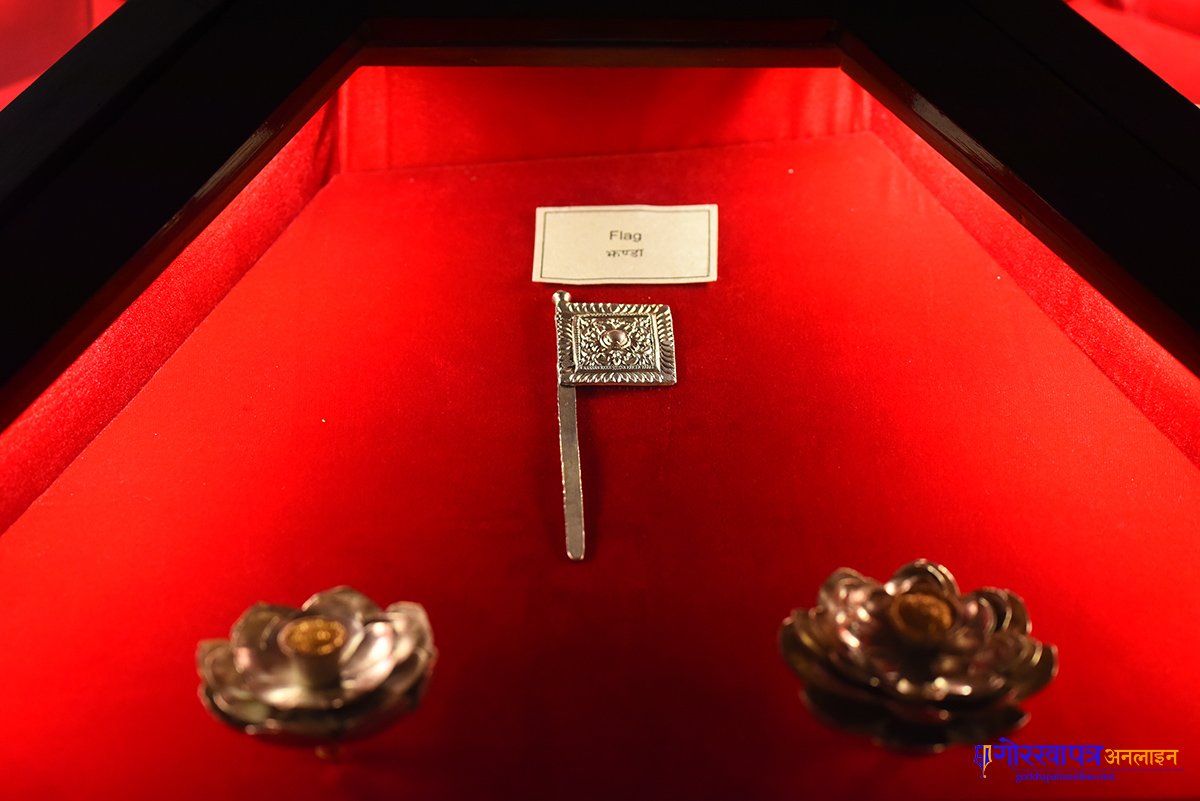
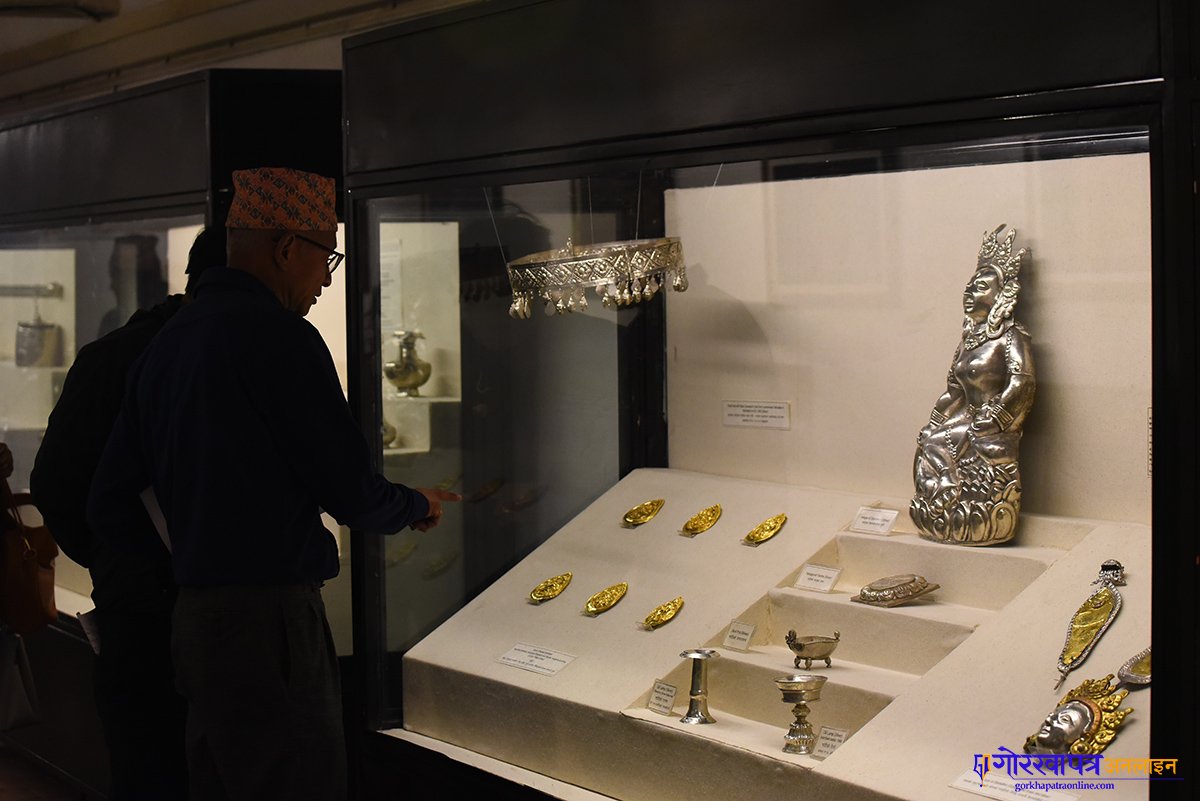
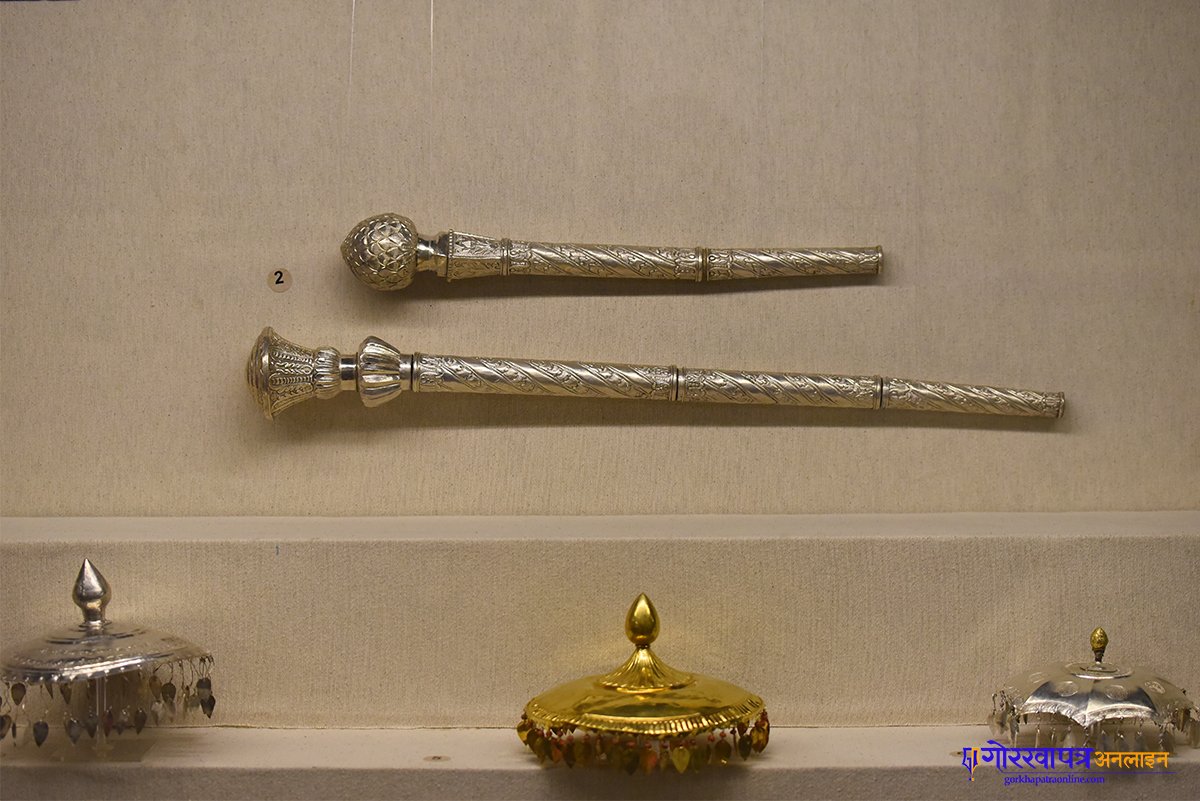
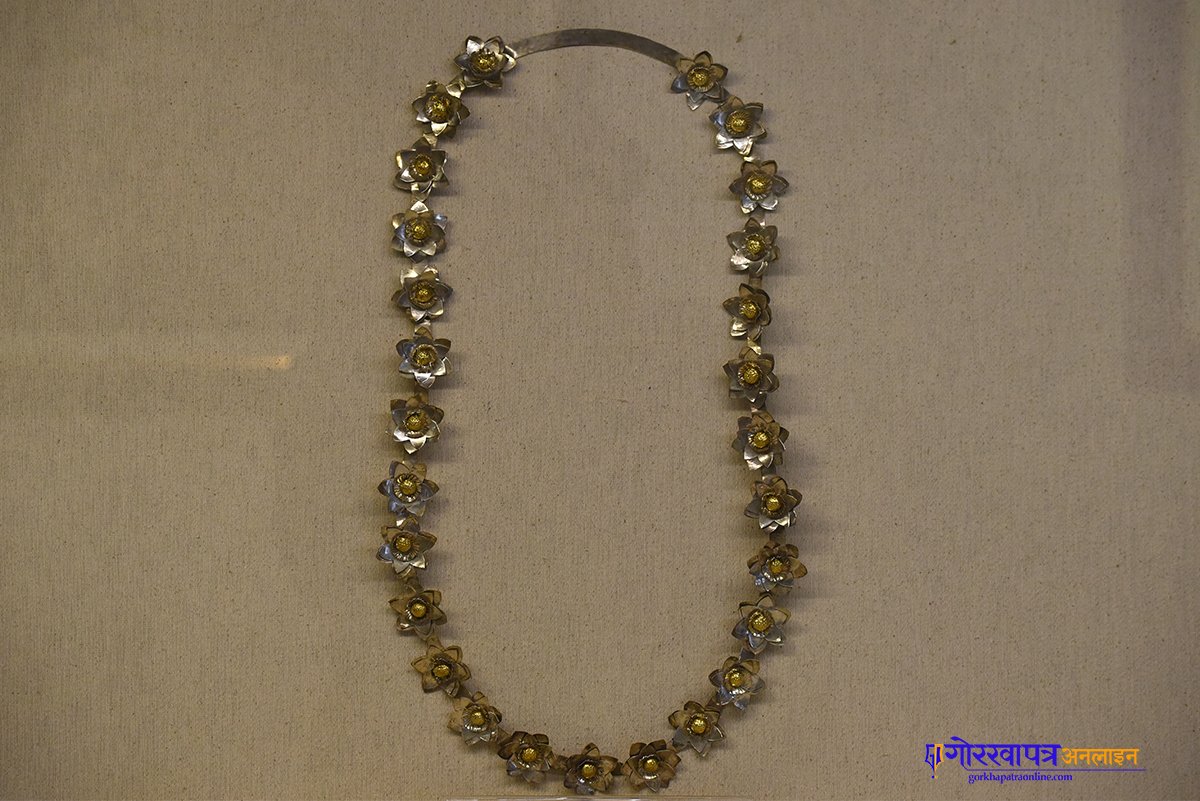
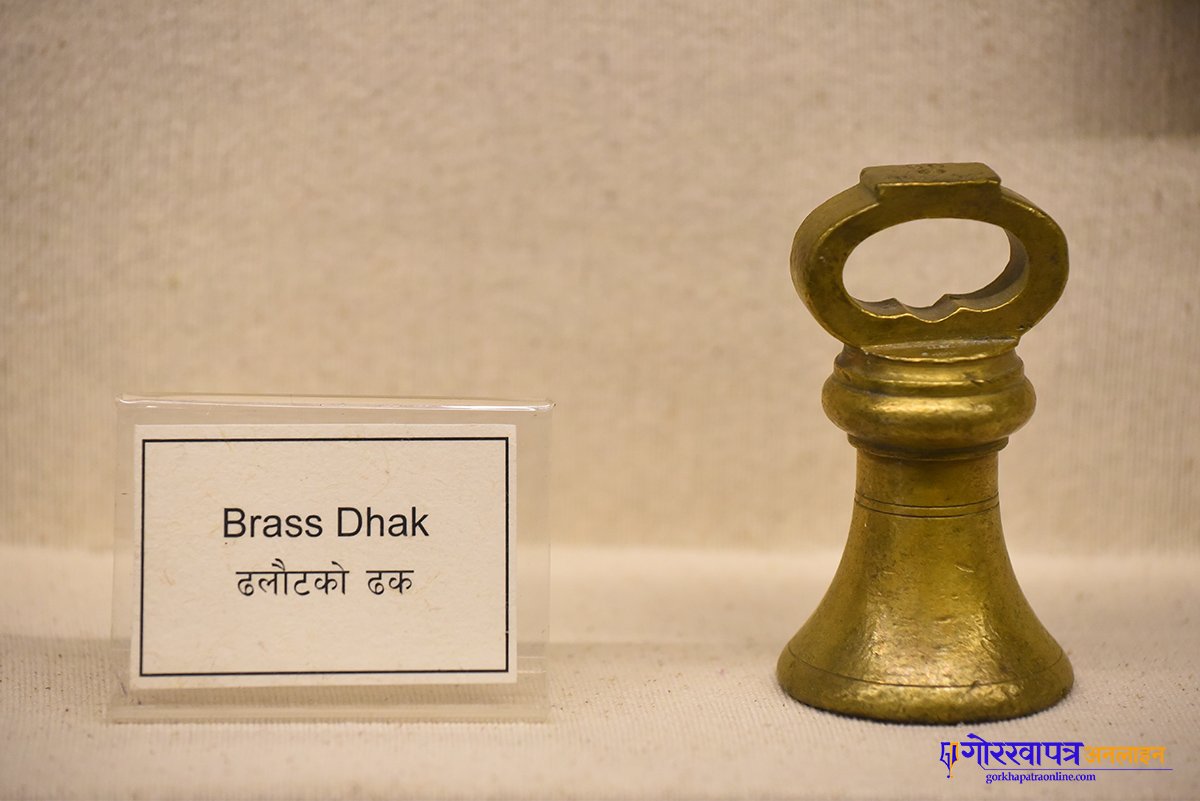
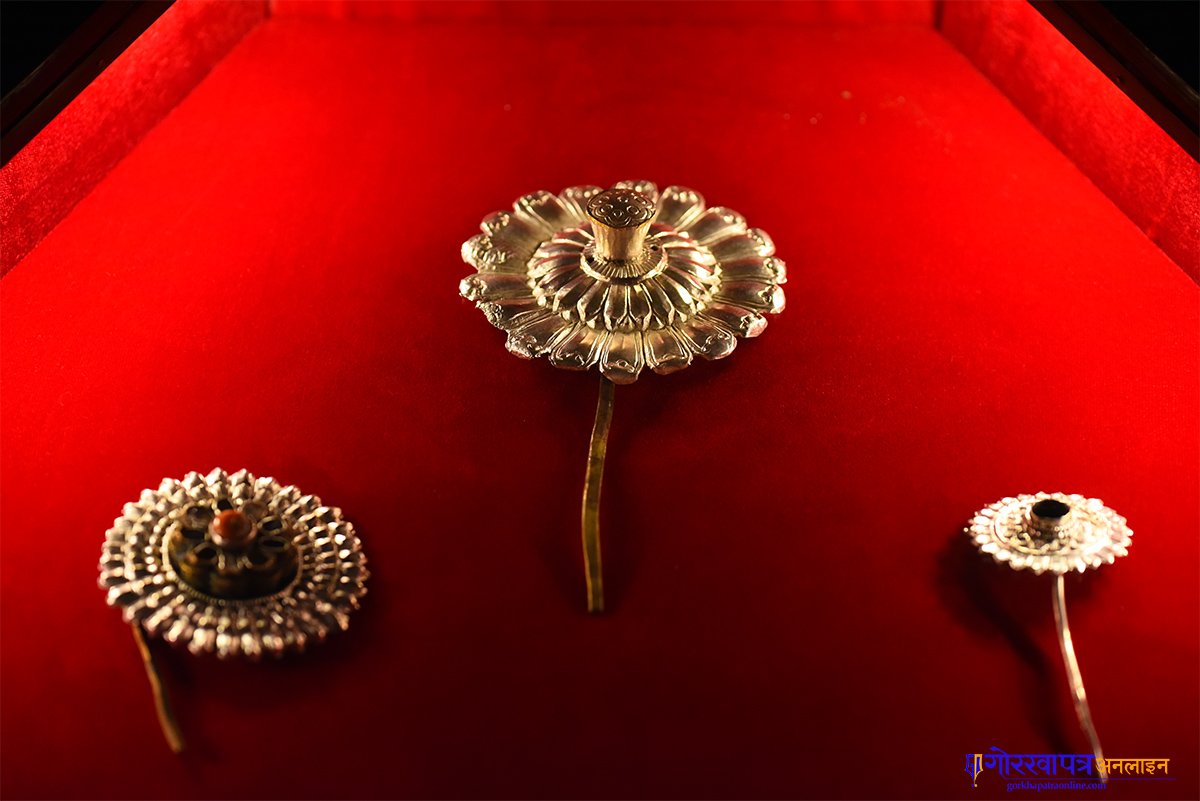
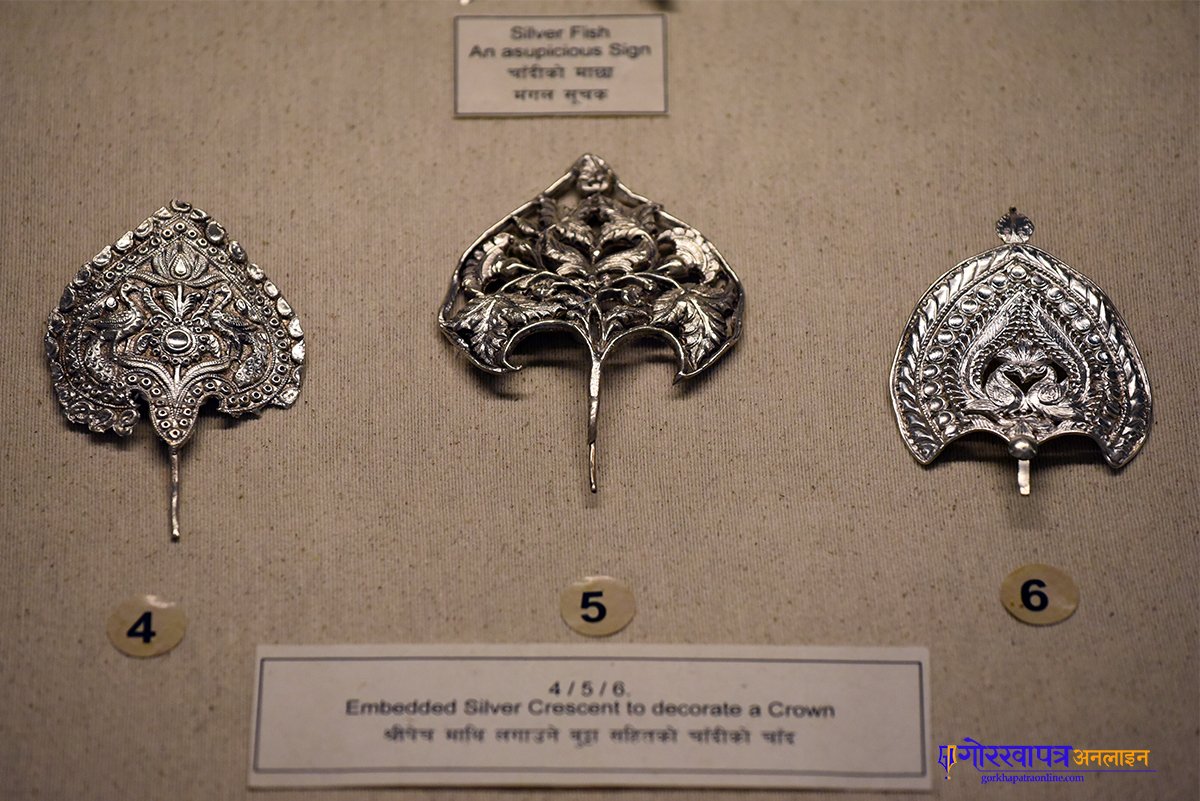

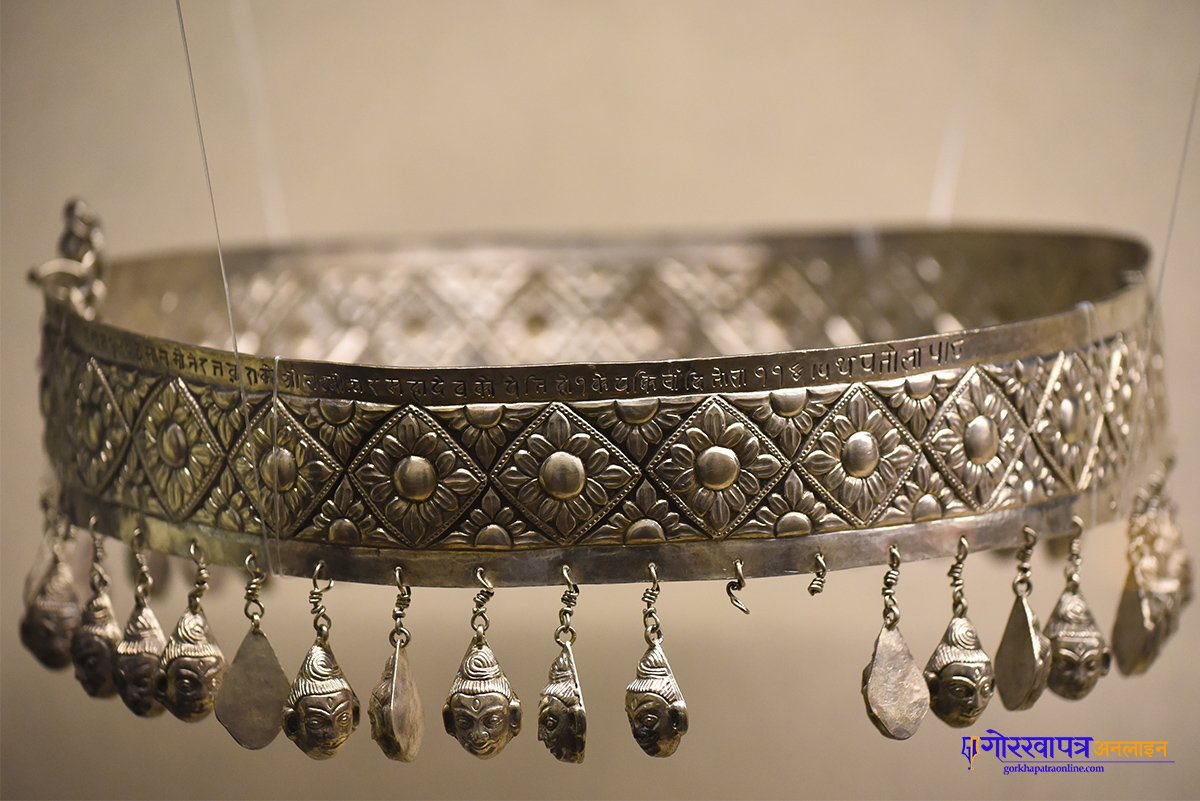
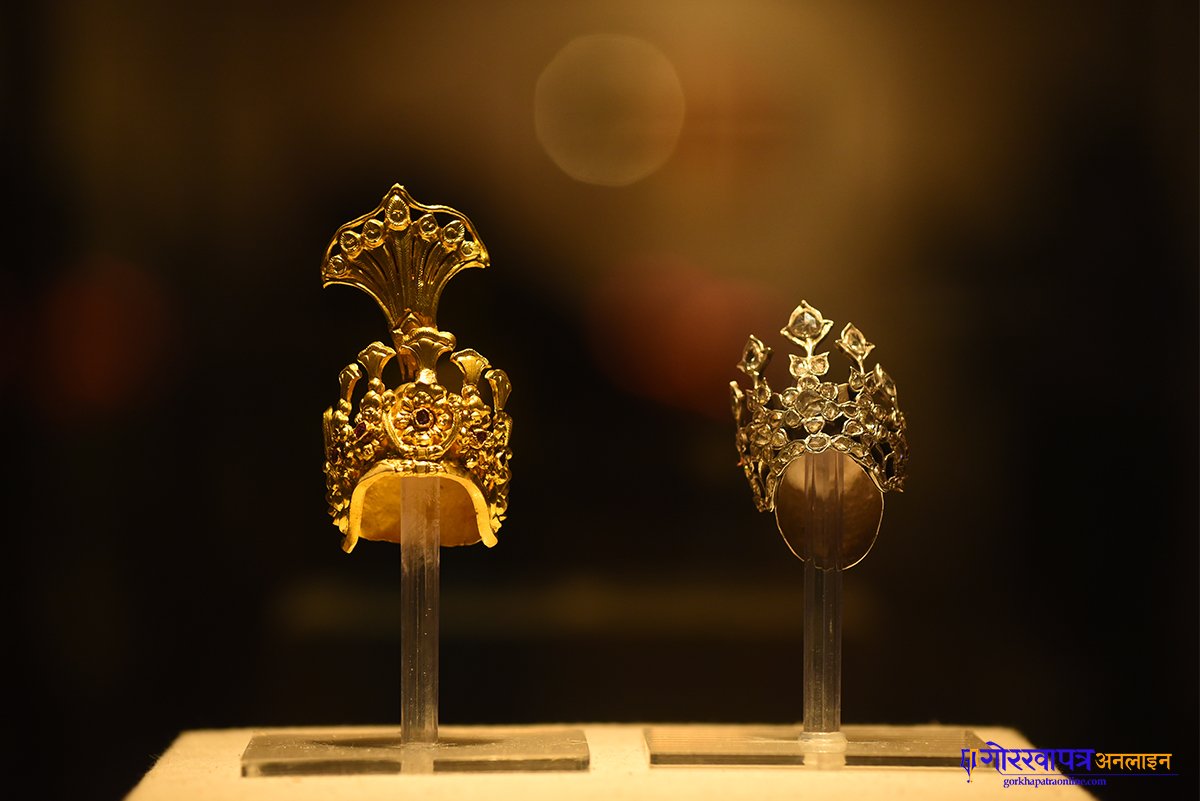
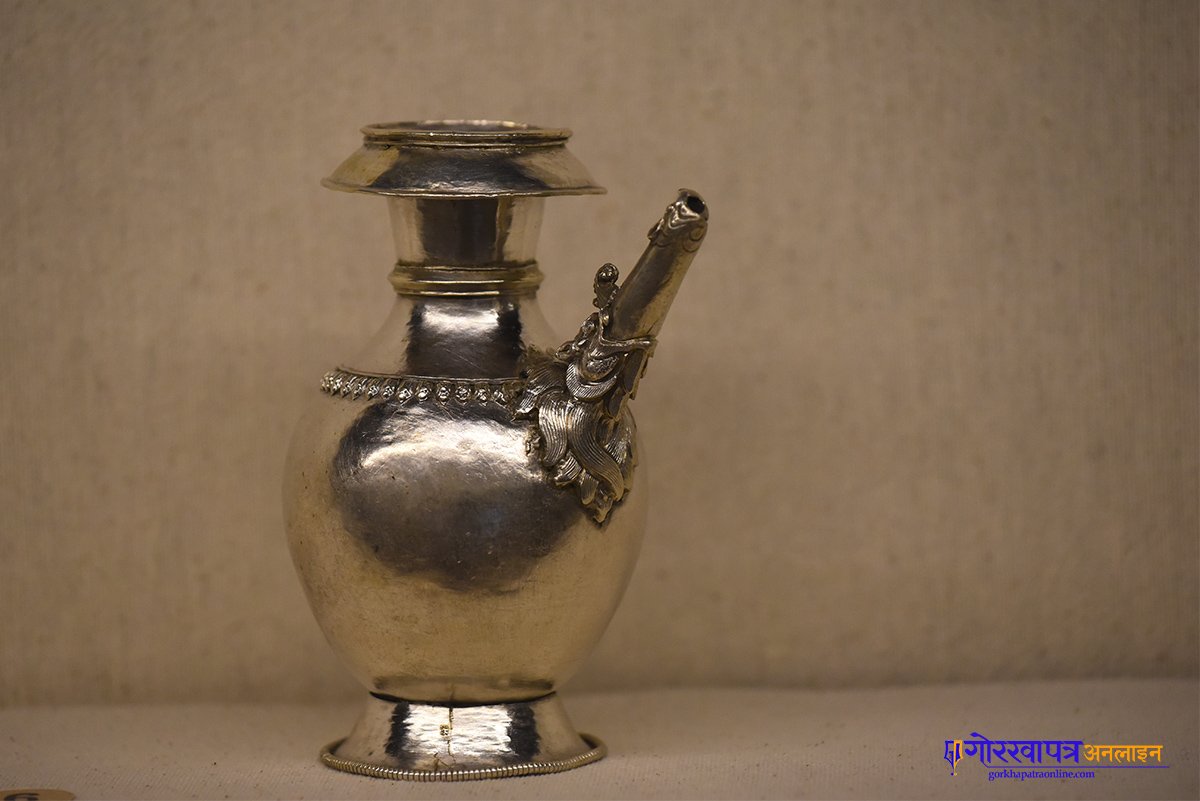
Recent News

Do not make expressions casting dout on election: EC
14 Apr, 2022
CM Bhatta says may New Year 2079 BS inspire positive thinking
14 Apr, 2022
Three new cases, 44 recoveries in 24 hours
14 Apr, 2022
689 climbers of 84 teams so far acquire permits for climbing various peaks this spring season
14 Apr, 2022
How the rising cost of living crisis is impacting Nepal
14 Apr, 2022
US military confirms an interstellar meteor collided with Earth
14 Apr, 2022
Valneva Covid vaccine approved for use in UK
14 Apr, 2022
Chair Prachanda highlights need of unity among Maoist, Communist forces
14 Apr, 2022
Ranbir Kapoor and Alia Bhatt: Bollywood toasts star couple on wedding
14 Apr, 2022
President Bhandari confers decorations (Photo Feature)
14 Apr, 2022










